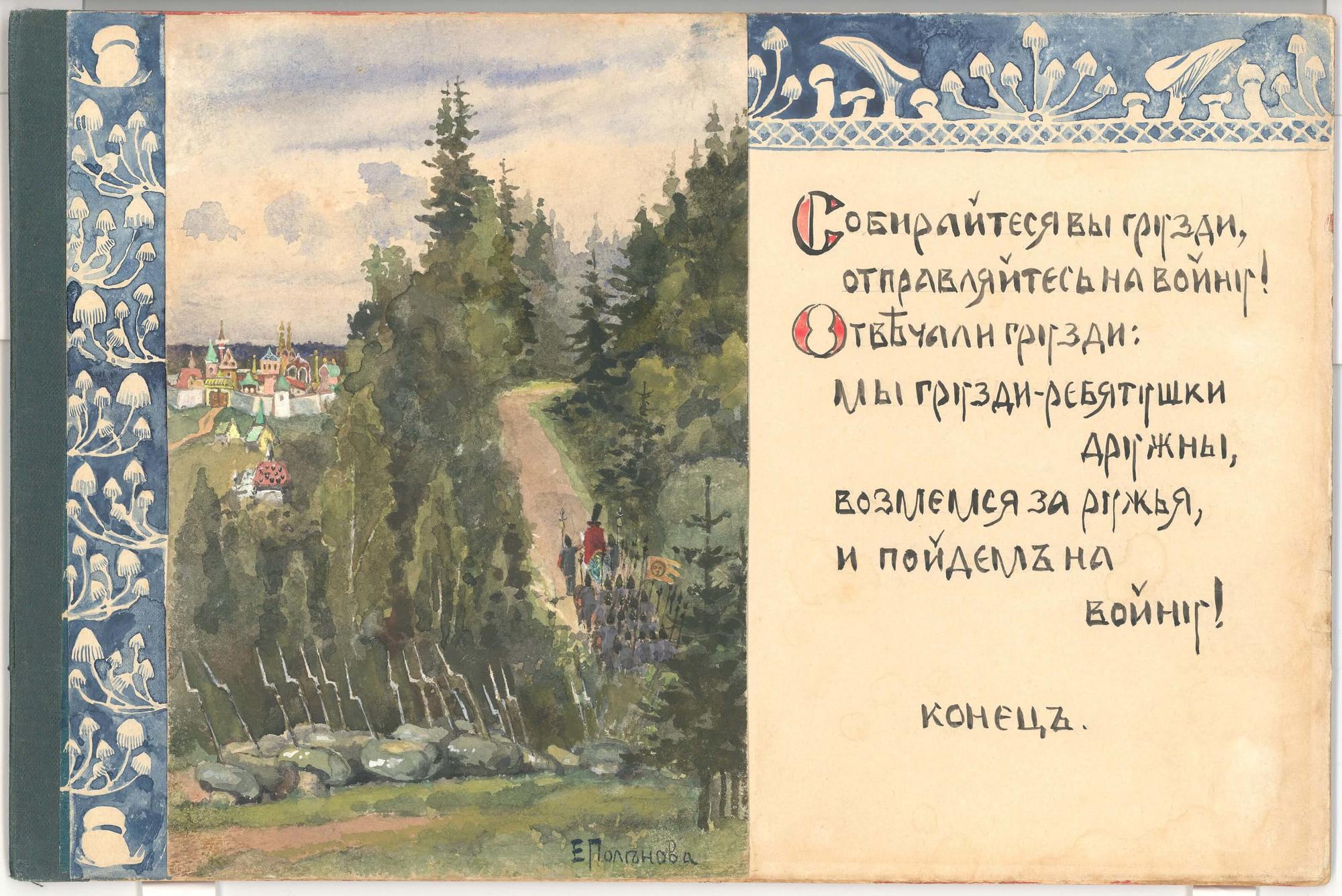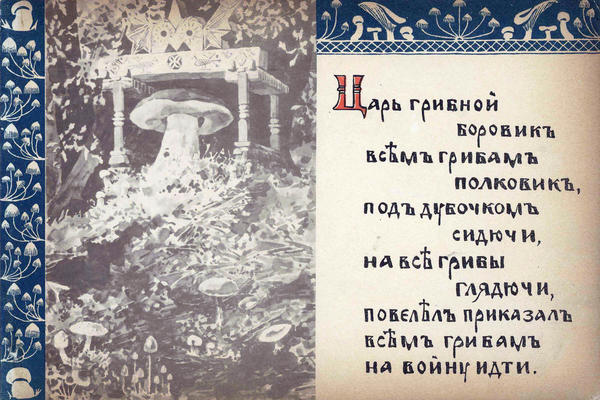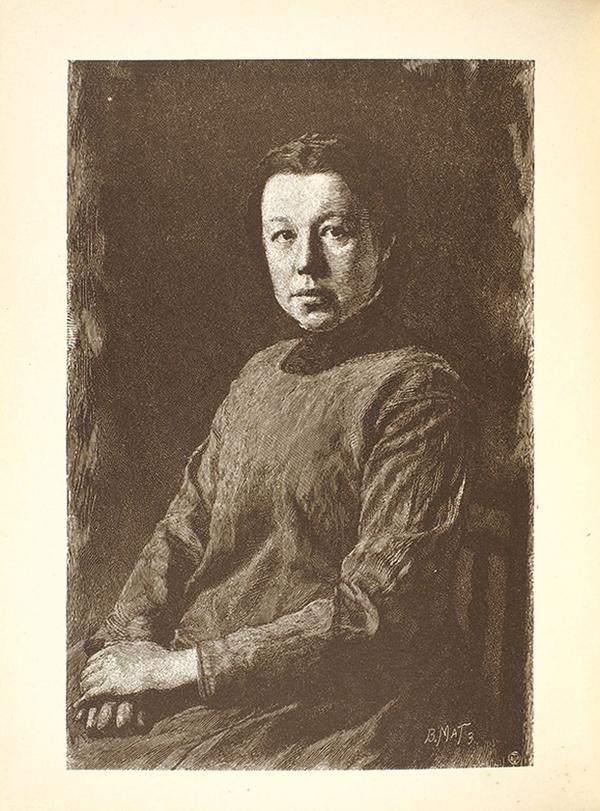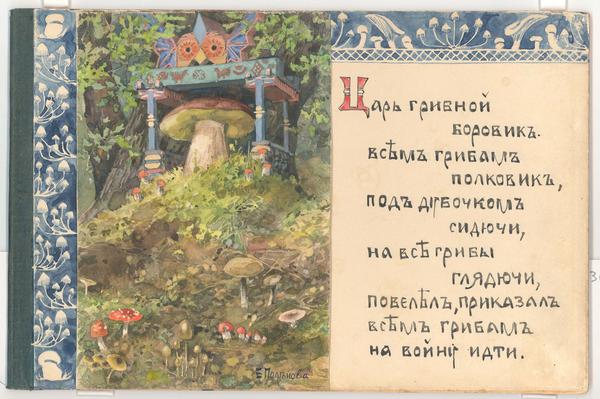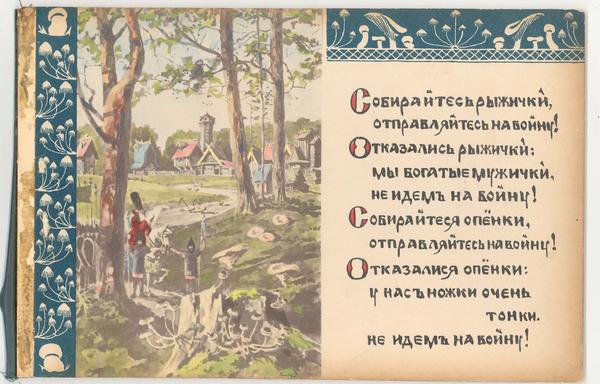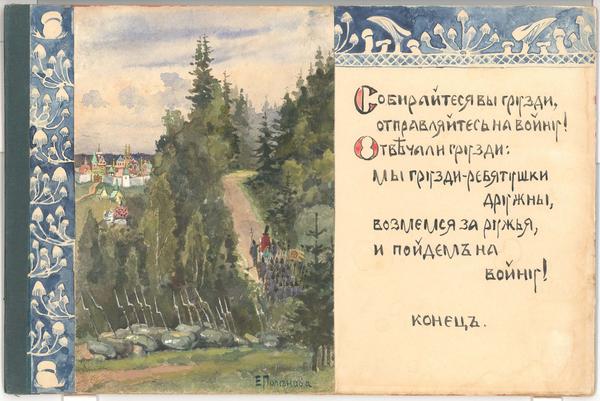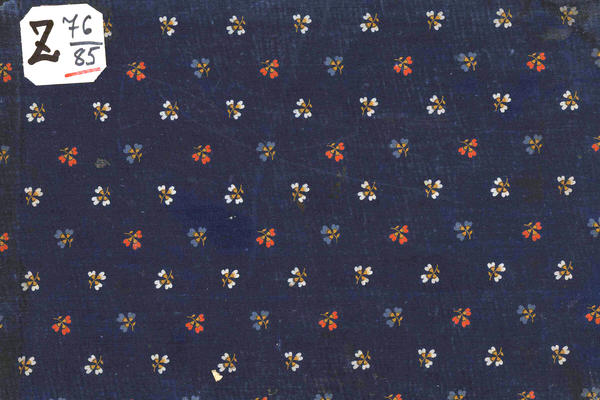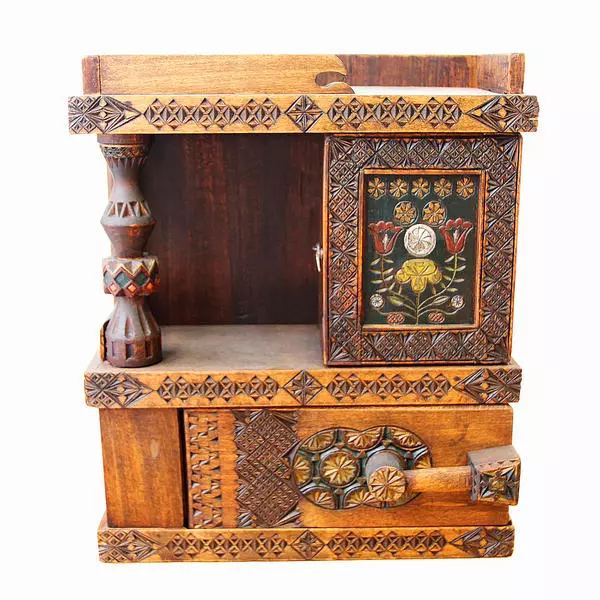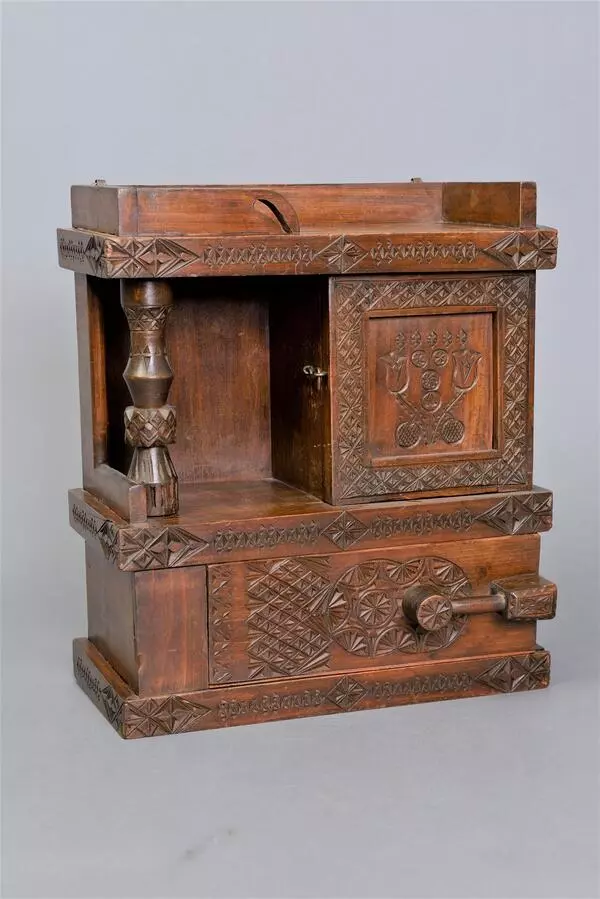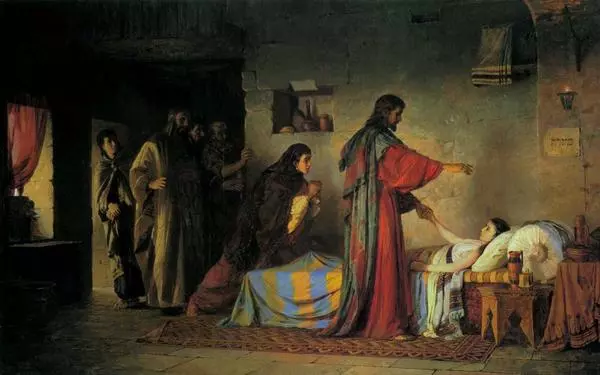Elena Polenova (1850—1898) was a Russian artist, decorator, stage designer, furniture designer, and decorative wood carving artist. She was one of the first Russian female illustrators of children’s books, a member of the “Abramtsevo Circle” on the Savva Mamontov’s estate, the closest friend of his wife, Elizabeth Mamontova, and a great connoisseur and collector of Russian folk art. She was head of a carpentry workshop in Abramtsevo, where peasant children were taught woodcarving and furniture making based on her sketches, and one of the ‘pioneers’ of the Art Nouveau style in Russia. She was the sister of the famous artist Vasily Dmitrievich Polenov. She considered Pavel Petrovich Chistyakov to be her principal art teacher.
Many contemporaries treated Elena Polenova with love and admiration. Even such a stern critic as Vasily Stasov was an ardent admirer of her work.




